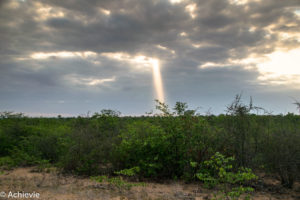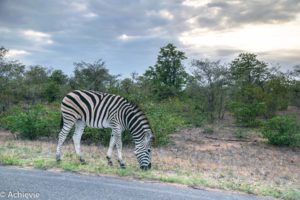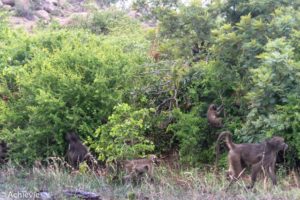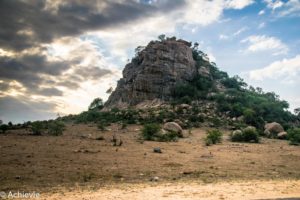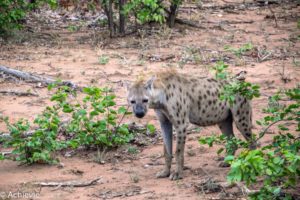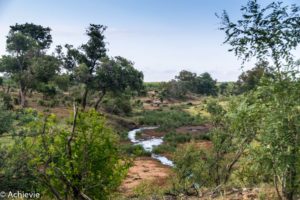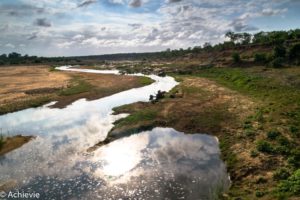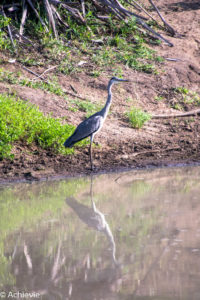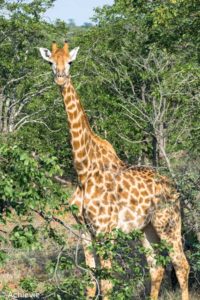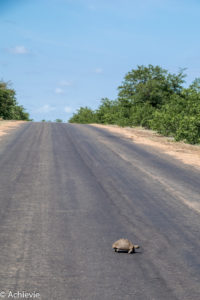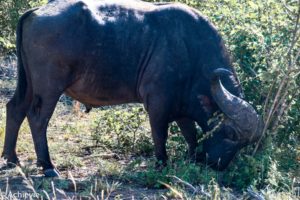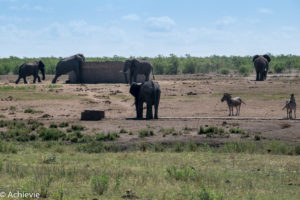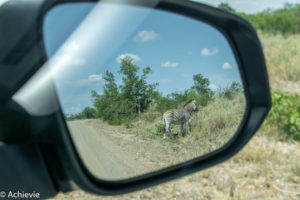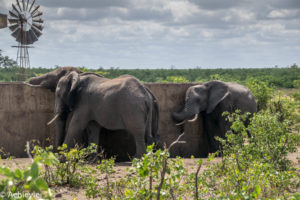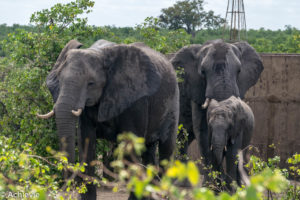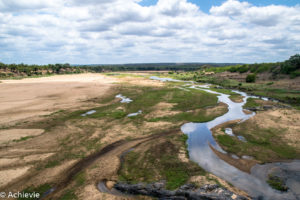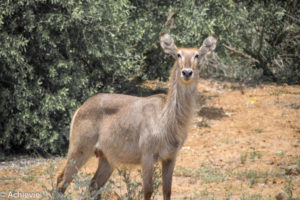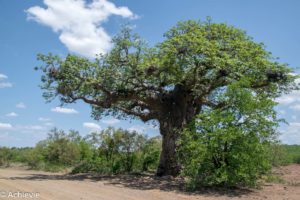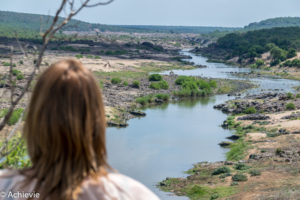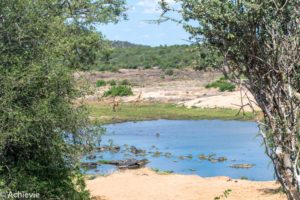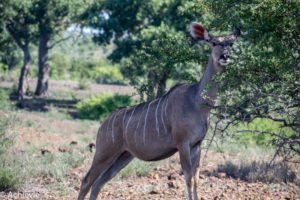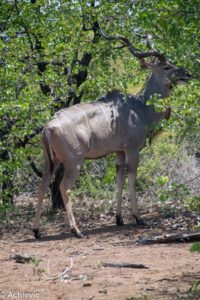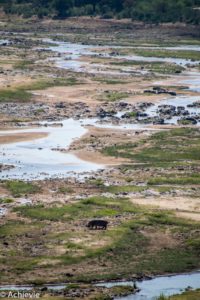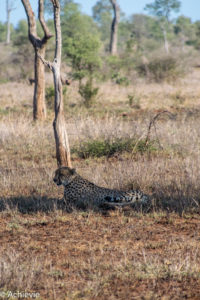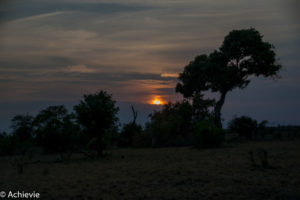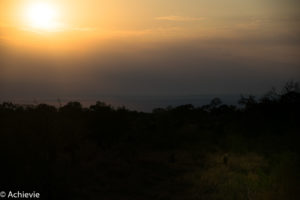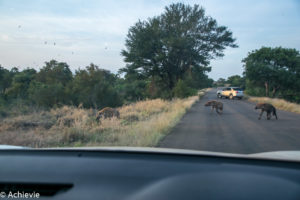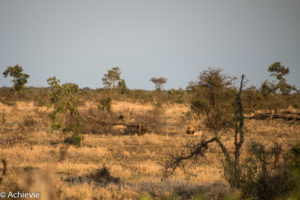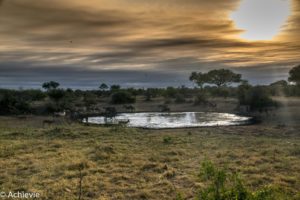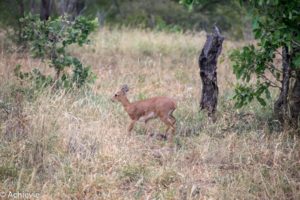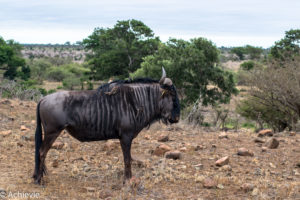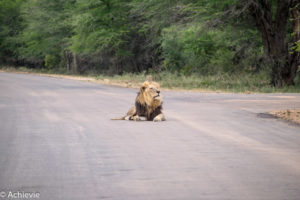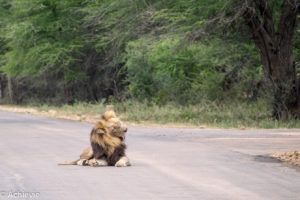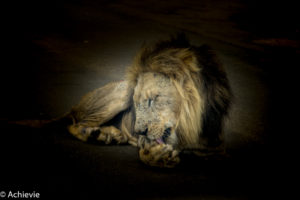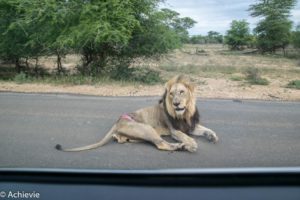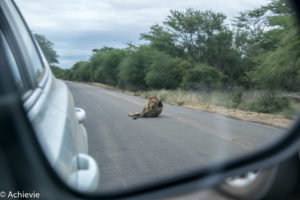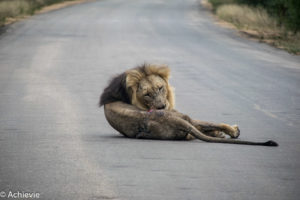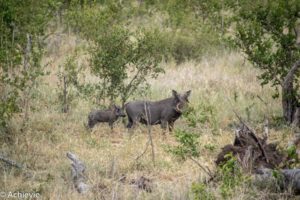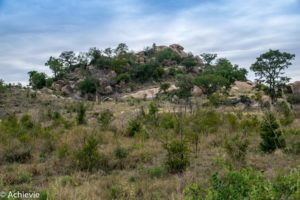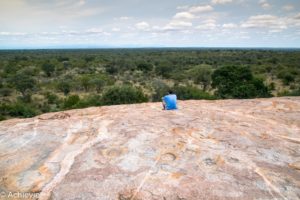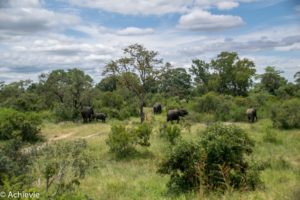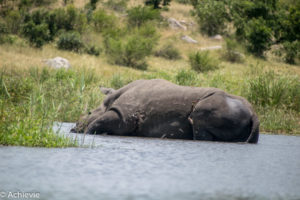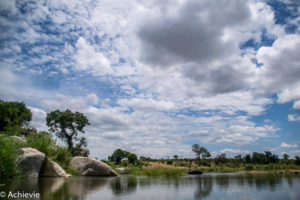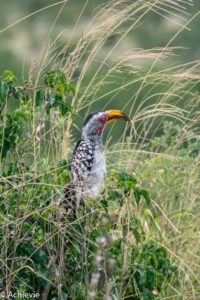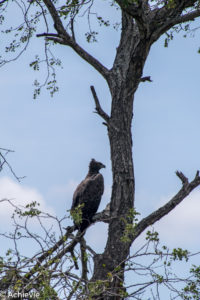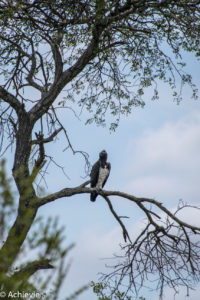1. Plan your trip in advance
As the park covers more than 19 thousand square kilometres, you need to define your game plan upfront. There are different gates to enter. As we were coming from Lydenburg, we entered through the Phalaborwa gate (north-western part of the park). You can find all kinds of maps on the Kruger Park official website.
You also need to decide where to spend the night. There’s a lot of different options to choose from: from basic accommodation in tented camps to luxury private lodges. All depends on the level of comfort you prefer, combined with the feeling of the proximity to nature and – oh yeah – the money you want to spend on it. We from our end needed to keep this vacation budget-friendly, so choices were more limited. You can find detailed information on the Sanparks website on what each type of accommodation exactly covers (we really needed airconditioning!), so you can make a well-informed choice.
We took into account the fact that we wanted to cover a decent part of the park, having sufficient time to get from one place to another in a relaxed manner and we knew we needed to end up in Berg-en-Dal rest camp in time for the start of our Wolhuter wilderness trail. Based upon these criteria we took the following routes:
– Day 1: Phalaborwa (as from the opening of the gate at 5.30am) – Letaba – Olifants – Satara (arriving around 6pm, just before closing of the gate)
– Day 2: Satara (as from the opening of the gate at 5.30am) – Tshokwane – Skukuza – Berg-en-Dal (arriving around 2pm, well in time before the start of the Wolhuter Trail at 3.30pm)
The maps that you can find online (see link above) provide sufficient details, including indication of vegetation in the different areas, should this be a factor (making sure you see the different landscape views). You can also lookup the distances from one place to another and the average time it takes.
As you will see on both websites above, there are opening and closing times at the different gates and rest camps. Make sure to consult these before you leave, as they differ depending on the time of the year. We’ve heard stories about people not respecting these – be sure to get into trouble if you arrive late, so foresee sufficient time to return before they close the gate!
2. Get ready for some wildlife in action!
On the websites above, they also indicate the typical species living in the different areas, which is good to know and can help you plan your trip, but won’t give you more chance to spot anything while you’re there.
What can help though, are the visitor boards in each of the rest camps. We didn’t know this upfront, but – next to bathrooms and a shop to buy some very needed cold drinks and food – the camp sites also have this board outside of the shop where tourists and guides indicate which wildlife species they encountered during the day and the day before. We always checked these out to confirm the preferred road to take to our next stop. You’ll see on the maps that you have different roads to choose from, so you can make deviations as you like to see as many animals as possible. Unfortunately it didn’t help us much – we really were looking for some wild dogs, but weren’t able to spot any. But at least you have a better chance.
Everything depends on luck, of course. And patience – but most of the time you just see it or you don’t. Luckily, my husband is a great spotter. At times, we would shortly follow a ranger vehicle to check whether they would see anything that we wouldn’t. One time that really helped, when we knew there were cheetahs spotted, very close to Satara rest camp. But then again, 3 other vehicles were lining up as well, so we would have realised something was going on anyway…
We really liked the fact that we could just come and go as we wanted. Taking a longer stop with animals we were more into than others. Or taking a rest when we felt like it. That’s the big pro of doing this on your own.
3. Book a walk or a drive or even a multiple day hike
Plenty of choices here – from guided bush walks to 4×4 adventure trails to multiple day arrangements. These are again different depending on the camp – all details can be found online. You can still sign up for these when you’re there – at least if these are not fully booked yet. When we were over there, the busy season hadn’t started yet, so that wouldn’t have been an issue, but I would not take my chances during high season.
We knew for sure that we wanted to do the Wolhuter Wilderness Trail (which includes 3 overnights), so that’s the only one we booked. But more on that one in another post.
4. Other stuff that’s good to know
You don’t need to rent a 4X4 – the roads don’t require that at all. The main road is a paved road anyway. The side roads are a mix of paved and gravel, but never an issue to access with a regular car.
The shops in the different camps have plenty of choice so you won’t starve. Prices are decent as well. The bigger camps have restaurants – again, you can check that on the “What to do” page on each of the camps on the Sanparks website. Satara (the only one where we spent the night on our own) for example has a restaurant with some basic dishes – all you need after a day out in the open.
Once you booked your trip, you get a confirmation card that you need to show upon arrival within the park and when entering each of the rest camps. Make sure to take this along to avoid any hurdles when being there!
And last but not least – make sure to adhere to the safety instructions. You’ll have seen or heard these horrible stories about people being attacked by wildlife. That’s the point right, it’s wildlife… Even though some of them look cute and cuddly, they’re really not… We need to remind ourselves of this as well. So we only got out at places where it was indicated we could. Ok, I’ll confess one thing (and you’ll see it in the videos as well): we didn’t keep our windows closed at all times. But – whenever we were close to predators, we did. And we kept calm… when approaching elephants who got a little defensive or when a lion was resting on the road and didn’t feel like moving when we were approaching. And so we never were close to being in any kind of danger… You just have to show common sense, right?
